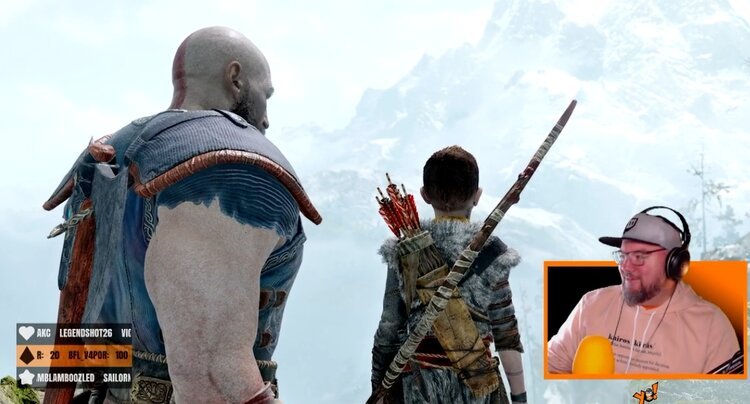How did the Videogames and Esports Foundation become an organization?
Bubba was the first VEF Employee
Bubba has been a gamer ever since childhood as his Dad worked at Radio Shack. He is a self-proclaimed “NERD”. His passion for disenfranchised families, games, technology, sports, music, events, and serving others guides him as he leads the Videogames and Esports Foundation (formerly the Varsity Esports Foundation). Bubba has been working in the non-profit sector and traditional sports industry for over 20 years through organizations such as the YMCA, NCAA, NAIA, Parks and Recs, Sports Commissions, and the Chamber of Commerce. During these years he has been able to support families and youth in disenfranchised areas. When he learned of the esports industry, he noticed an issue that needed some attention, so out of necessity, this charity was created.
In July 2017 he dove deep into the world of online streaming through Twitch. At first, he wanted to create content of random Fortnite squads using impressions. Then he started streaming his own artwork for his channel. Viewers started watching and they began to ask if Bubba could make logos and backgrounds for their channels. Two years later he had over 100 clients, and over 1,000 pieces of art made for Twitch streamers.
By 2018, Bubba was still organizing traditional sports events such as marathons, basketball, soccer, football, and others through the sports commission in a suburb of Kanas City. He then partnered with a few gaming and esports organizations in Kansas and Missouri to create the KC Esports Expo that hosted over 800 gamers.
One of the booths at the event was a local Kansas City organization called the High School Esports League (HSEL) that worked all across North America supporting schools and students with school esports clubs and running online competitions for them. Bubba got to sit down with Mason Mullenioux the founder of HSEL. He looked at the HSEL map of 1,500 schools they had at that time and noticed there were not very many schools in the urban cores or rural areas. He realized that schools in the suburbs had access to equipment and league fees due to higher levels of support and income, and the students in the urban areas could not even compete on the same playing field when it came to accessing esports programs. He told Mason that scholastic esports needed a non-profit to support these low-income schools with access to funds and grants, and the scholarships they were giving out to students for competing needed a non-profit to partner so those funds could be distributed to students into their college student accounts.
By December 2018 Bubba, Mason, and others completed the Videgoames and Esports Foundation 501(c)3 IRS paperwork. The VEF sat dormant for 6 months with no direction. Then in the Summer of 2019, Bubba sat back down with Mason so they could find someone to handle the day-to-day operations of the VEF. That is when Bubba decided to take the leap and left traditional sports to become the first employee of this charity. In order to help drive more grants and scholarships to help students and schools in low-income areas with access to esports clubs, funding was needed to be secured. The foundation has gotten many great sponsors and donors such as Optic Gaming and Gillette. The foundation is always looking for a way to provide more dollars to more schools. You can donate now.
There are now over 5,000 high schools and middle schools with esports clubs in North America, and the foundation is looking to help 1 million students over the next 5 years gain access to STEM education through esports clubs.






